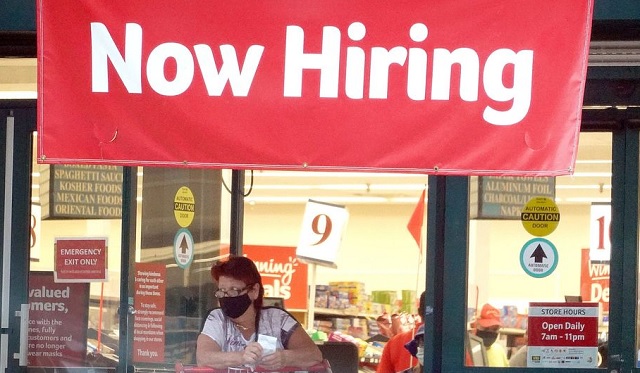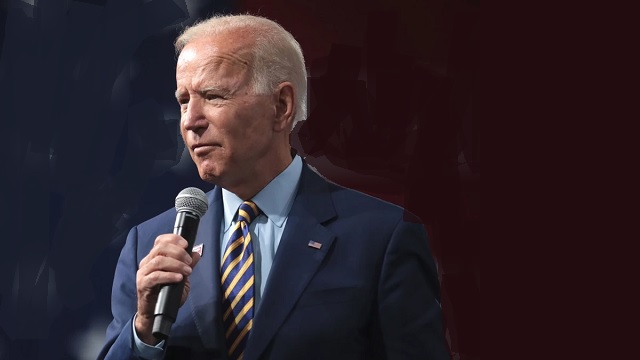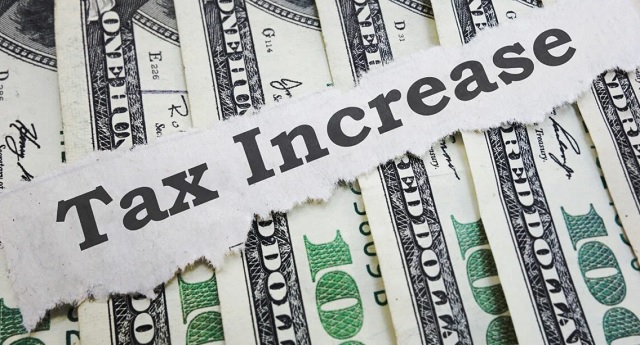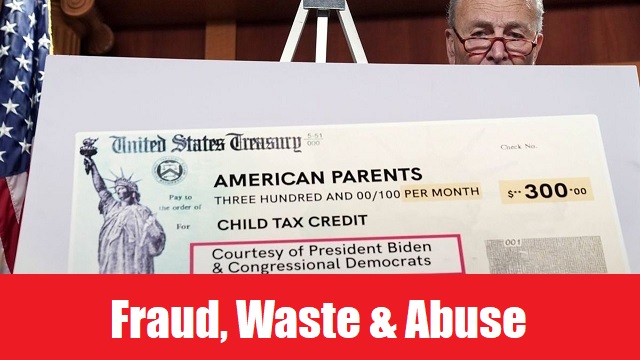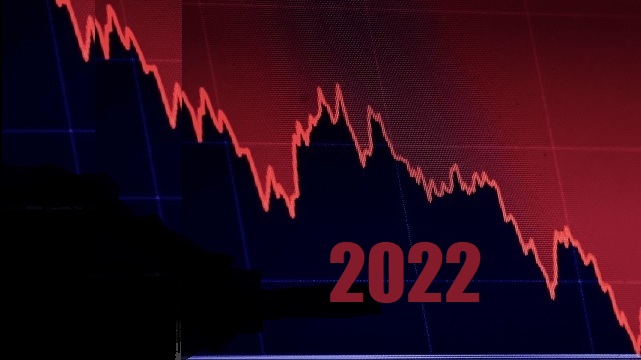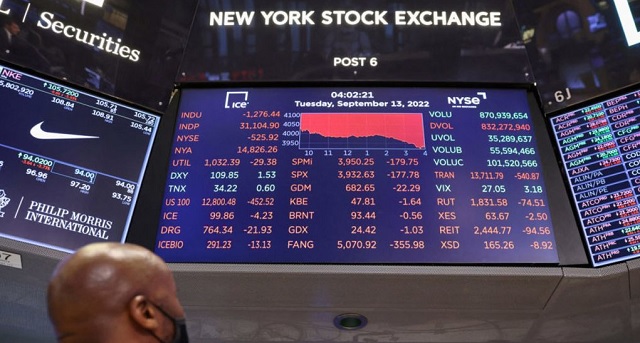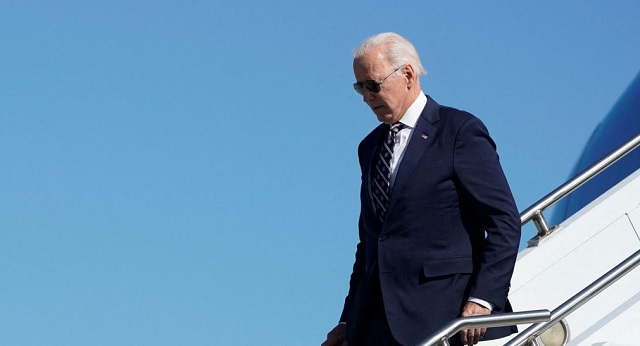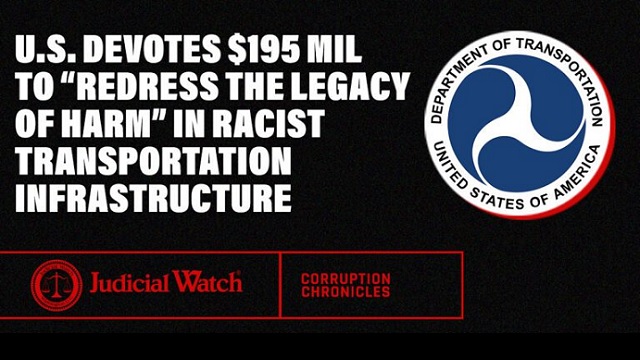U.S. State GDPs Compared to Entire Countries
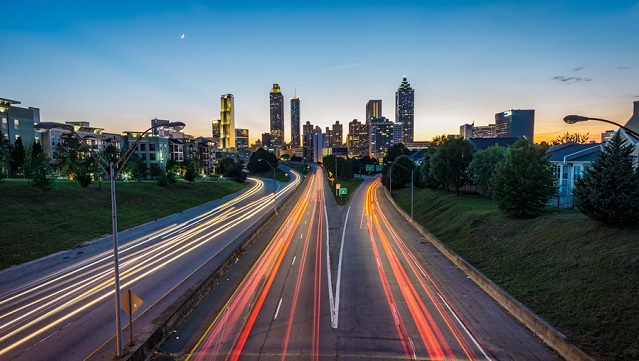
It’s pretty difficult to even comprehend how ridiculously large the US economy is.
Click here to view the U.S. State GDPs Compared to Entire Countries map.
The map above (click to view and enlarge) matches the economic output (Gross Domestic Product) for each US state (and the District of Columbia) in 2018 to a foreign country with a comparable nominal GDP last year, using data from the BEA for GDP by US state (average of Q2 and Q3 state GDP, since Q4 data aren’t yet available) and data for GDP by country from the International Monetary Fund. Like in past years, for each US state (and the District of Columbia), I’ve identified the country closest in economic size in 2018 (measured by nominal GDP) and those matching countries are displayed in the map above and in the table below. Obviously, in some cases, the closest match was a country that produced slightly more, or slightly less, economic output in 2018 than a given US state.
It’s pretty difficult to even comprehend how ridiculously large the US economy is, and the map above helps put America’s Gross Domestic Product (GDP) of $20.5 trillion ($20,500,000,000,000) in 2018 into perspective by comparing the economic size (GDP) of individual US states to other country’s entire national output. For example:
- America’s largest state economy is California, which produced nearly $3 trillion of economic output in 2018, more than the United Kingdom’s GDP last year of $2.8 trillion. Consider this: California has a labor force of 19.6 million compared to the labor force in the UK of 34 million (World Bank data here). Amazingly, it required a labor force 75% larger (and 14.5 million more people) in the UK to produce the same economic output last year as California! That’s a testament to the superior, world-class productivity of the American worker. Further, California as a separate country would have been the 5th largest economy in the world last year, ahead of the UK ($2.81 trillion), France ($2.79 trillion) and India ($2.61 trillion).
- America’s second largest state economy—Texas—produced nearly $1.8 trillion of economic output in 2018, which would have ranked the Lone Star State as the world’s 10th largest economy last year. GDP in Texas was slightly higher than Canada’s GDP last year of $1.73 trillion. However, to produce about the same amount of economic output as Texas required a labor force in Canada (20.1 million) that was nearly 50% larger than the labor force in the state of Texas (13.9 million). That is, it required a labor force of 6.2 million more workers in Canada to produce roughly the same output as Texas last year. Another example of the world-class productivity of the American workforce.
- America’s third largest state economy—New York with a GDP in 2018 of $1.68 trillion—produced slightly more economic output last year than South Korea ($1.65 trillion). As a separate country, New York would have ranked as the world’s 11th largest economy last year, ahead of No. 12 South Korea, No. 13 Russia ($1.57 trillion) and No. 14 Spain ($1.43 trillion). Amazingly, it required a labor force in South Korea of 28 million that was nearly three times larger than New York’s (9.7 million) to produce roughly the same amount of economic output last year! More evidence of the world-class productivity of American workers.
- Other comparisons: Florida (about $1 trillion) produced almost the same amount of GDP in 2018 as Mexico ($1.19 trillion), even though Florida’s labor force of 10.2 million less than 20% of the size of Mexico’s workforce of 59 million.
- Even with all of its oil wealth, Saudi Arabia’s GDP in 2018 at $683 billion was below the GDP of US states like Pennsylvania ($793 billion) and Illinois ($863 billion).
Overall, the US produced 24.3% of world GDP in 2017, with only about 4.3% of the world’s population. Four of America’s states (California, Texas, New York and Florida) produced more than $1 trillion in output and as separate countries would have ranked in the world’s top 16 largest economies last year. Together, those four US states produced nearly $7.5 trillion in economic output last year, and as a separate country would have ranked as the world’s third-largest economy.
Adjusted for the size of the workforce, there might not be any country in the world that produces as much output per worker as the US, thanks to the world-class productivity of the American workforce. The map above and the statistics summarized here help remind us of the enormity of the economic powerhouse we live and work in.
So let’s not lose sight of how ridiculously large and powerful the US economy is, and how much wealth, output, and prosperity is being created every day in the largest economic engine there has ever been in human history. This comparison is also a reminder that it was largely free markets, free trade, and capitalism that propelled the US from a minor British colony in the 1700s into a global economic superpower and the world’s largest economy, with individual US states producing the equivalent economic output of entire countries.
This article is reprinted with permission from The American Enterprise Institute.
AUTHOR
Mark J. Perry
Mark J. Perry is a scholar at the American Enterprise Institute and a professor of economics and finance at the University of Michigan’s Flint campus.
RELATED TWEET:
2022 Facts:
FL population—22,000,000 +1.25%
CA population—39,200,000 (-0.3%)FL budget—$110B or $5k/person
CA budget—$308B or $8k/personFL top income tax—0%
CA top income tax—13.3%FL Q2 GDP—1.6%
CA Q2 GDP—(-0.5%)FL education rank—14
CA education rank—40— Charlie Kirk (@charliekirk11) October 10, 2022
EDITORS NOTE: This FEE column is republished with permission. ©All rights reserved.

